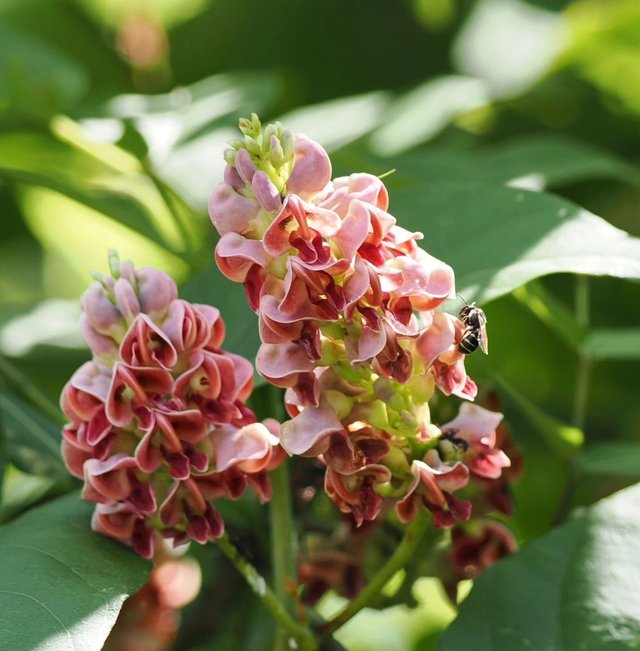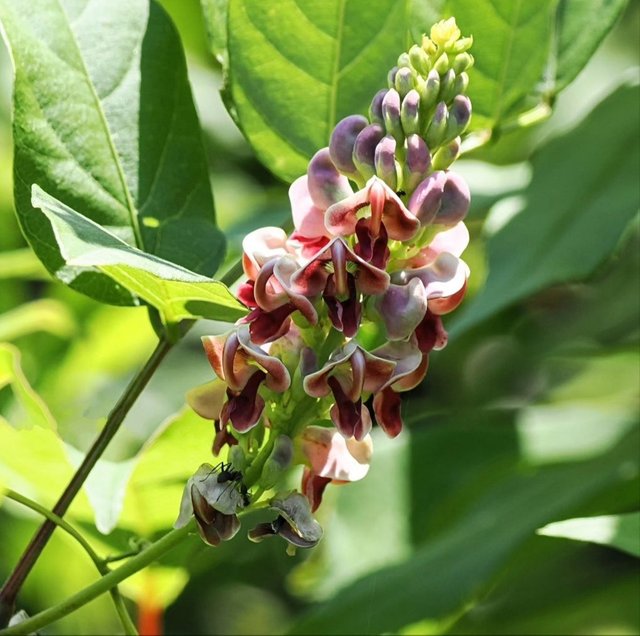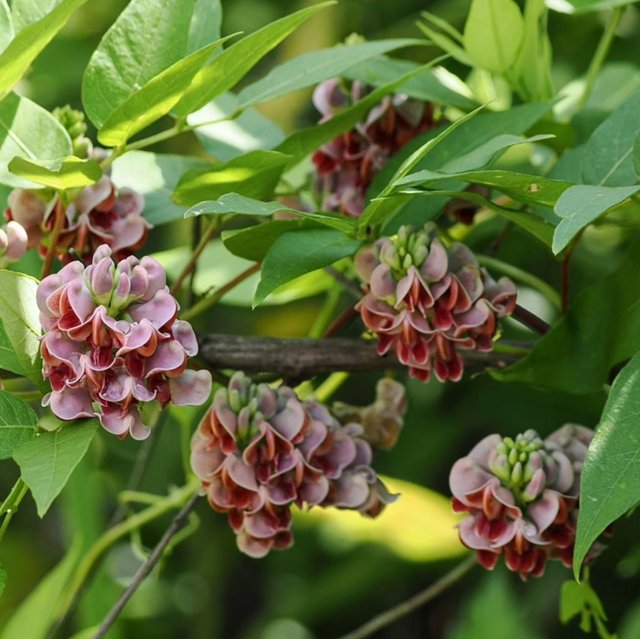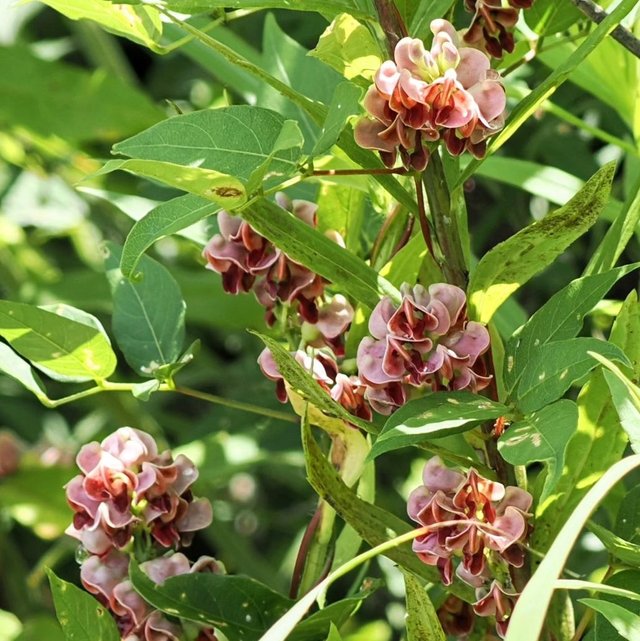Potato Bean So Amazing
The Potato Bean: A Versatile and Nutritious Gem
Introduction
The potato bean, also known as Apios americana, groundnut, or hopniss, is a lesser-known yet remarkable plant native to North America. This versatile legume has been a staple for many indigenous cultures for centuries, thanks to its nutritional benefits and culinary versatility. Recently, it has gained attention among gardeners, chefs, and health enthusiasts for its potential as a sustainable and nutritious food source.
Botanical Characteristics
The potato bean is a perennial vine that belongs to the legume family, Fabaceae. It thrives in a variety of environments, including wetlands, riverbanks, and woodlands. The plant features heart-shaped leaves and produces clusters of fragrant, pea-like flowers that range from pink to purple. These flowers eventually give way to pods containing edible seeds.
The most notable part of the potato bean is its tuberous root, which resembles a small potato or a large peanut. These tubers can vary in size and shape, with some reaching up to several inches in length. The skin is typically brown or tan, while the flesh inside is creamy white.
Historical Significance
Indigenous peoples of North America, such as the Cherokee, Iroquois, and Ojibwa, have long valued the potato bean for its nutritional properties. They traditionally harvested the tubers and seeds, using them in a variety of dishes. The tubers were often boiled, roasted, or dried for long-term storage, while the seeds were ground into flour or eaten whole.
During the 19th century, European settlers also recognized the potato bean's potential. The plant was even considered as a potential crop to alleviate food shortages. However, it never gained the same popularity as the potato or other staple crops and eventually fell into obscurity.




Thanks For Reading
Device Information
| Device | Redmi Note 10 Pro |
|---|---|
| Lens | 64 mp |
| Location | Bangladesh |
